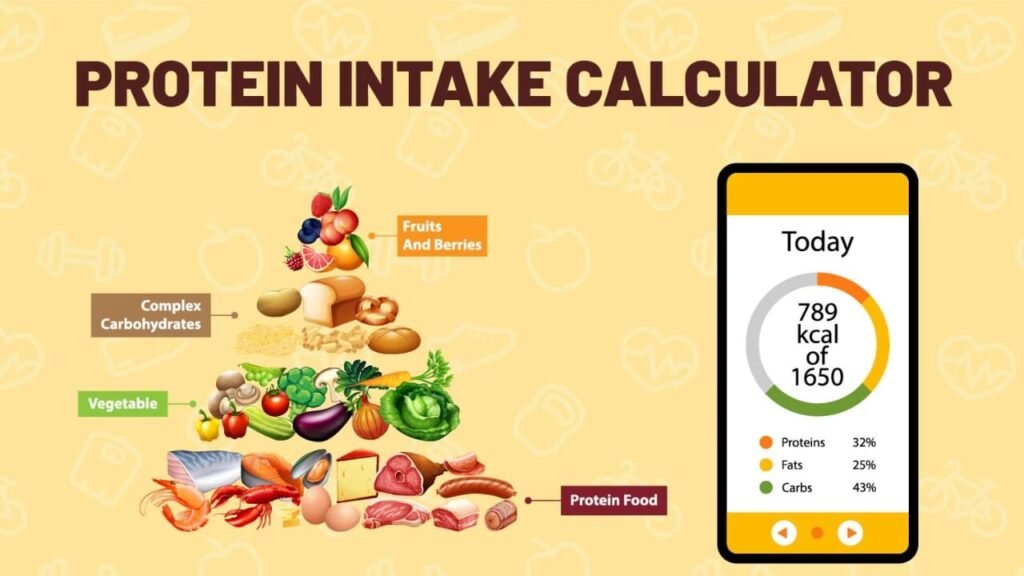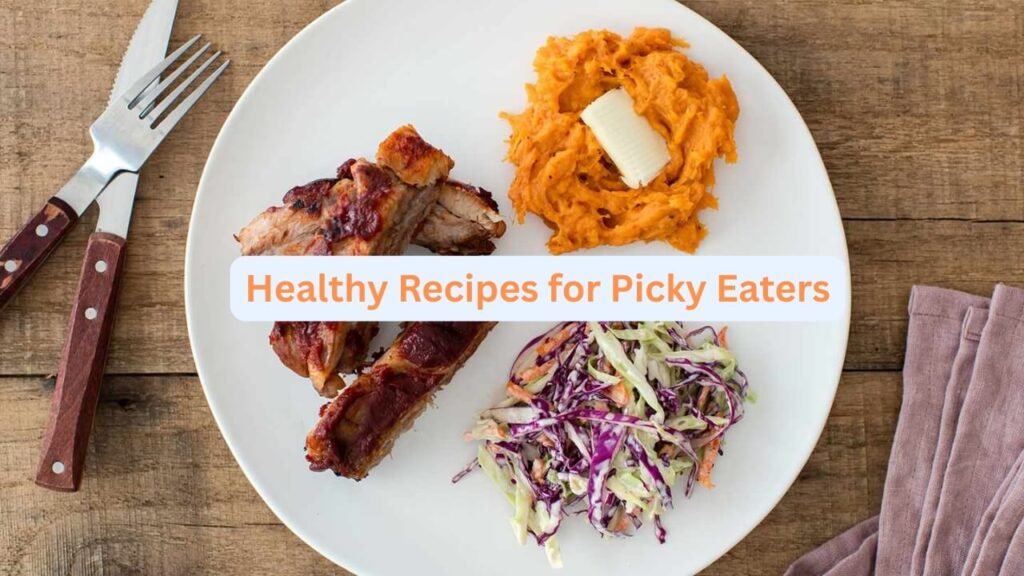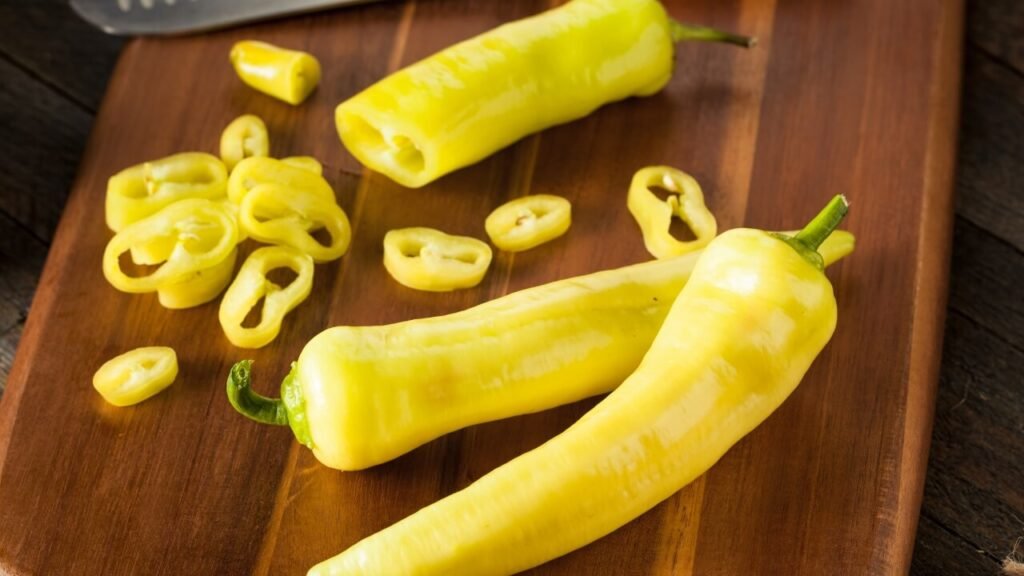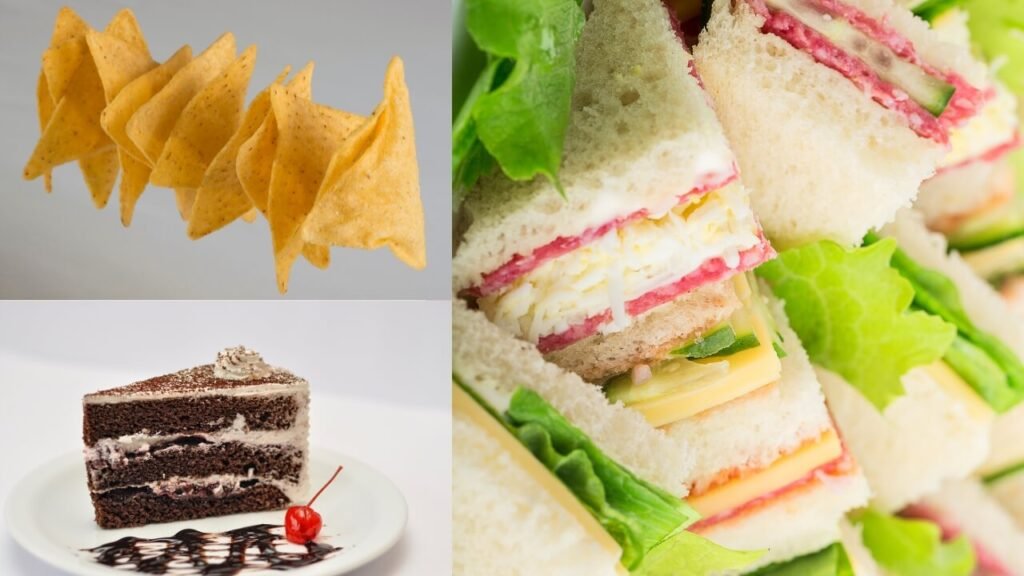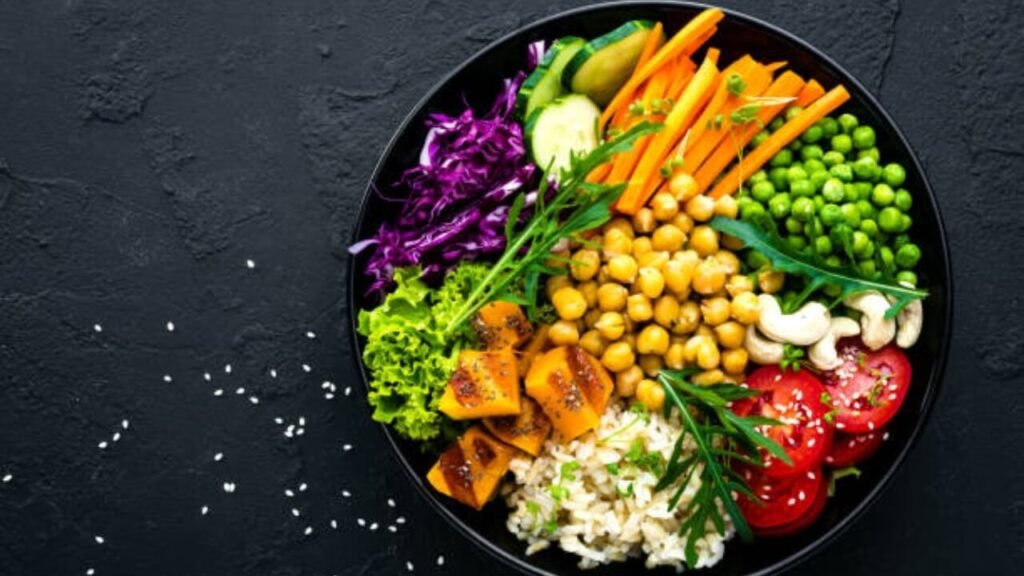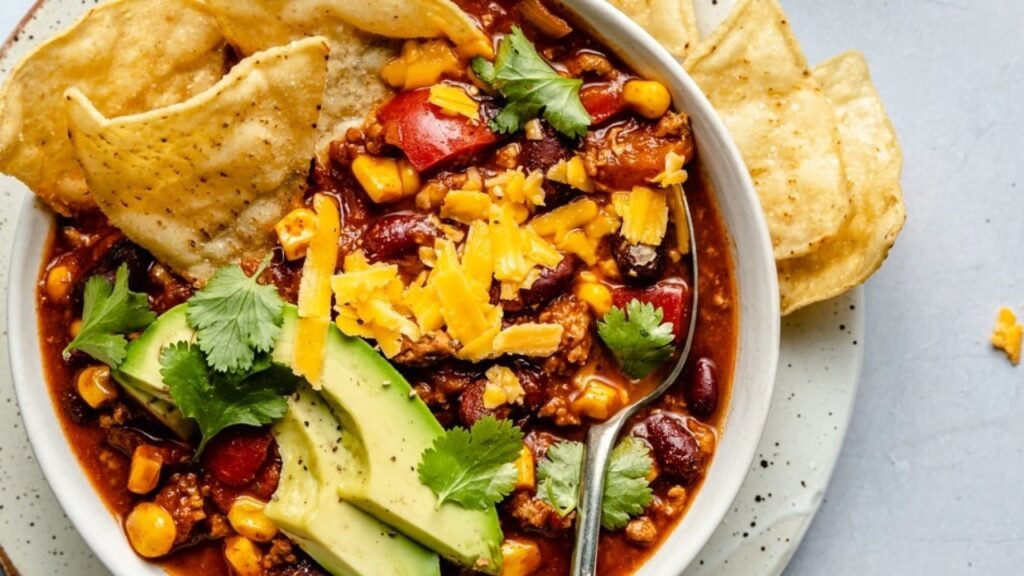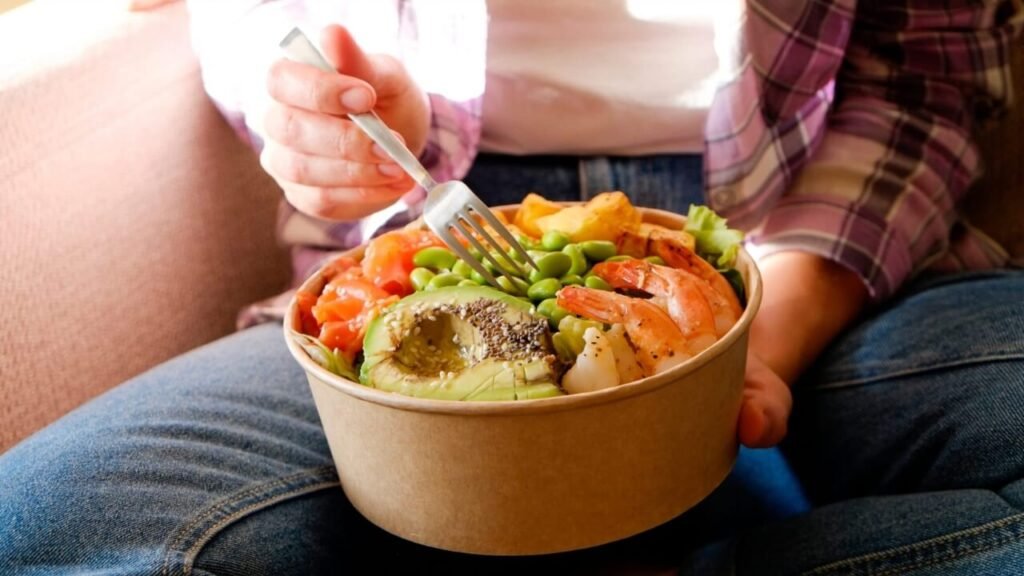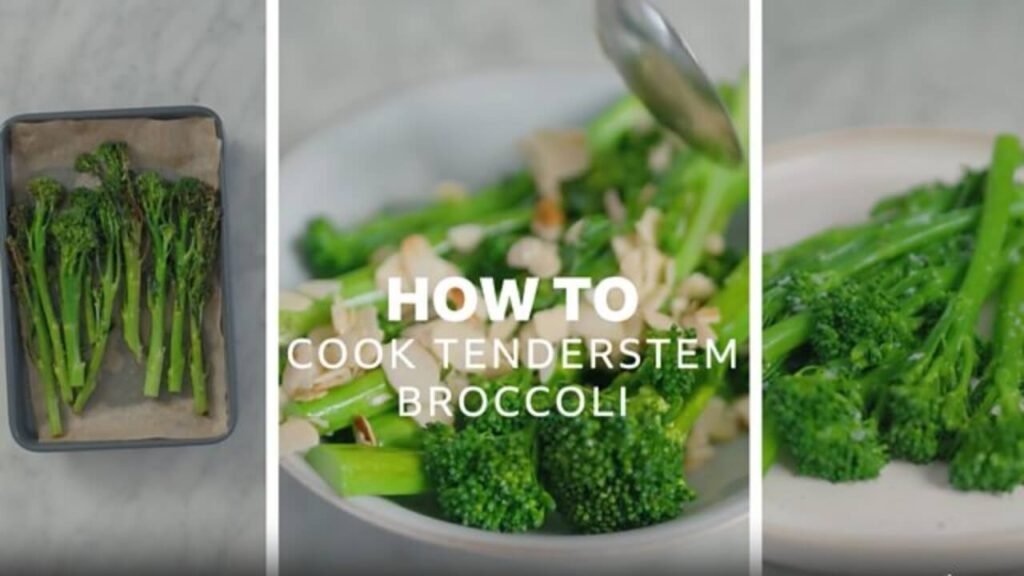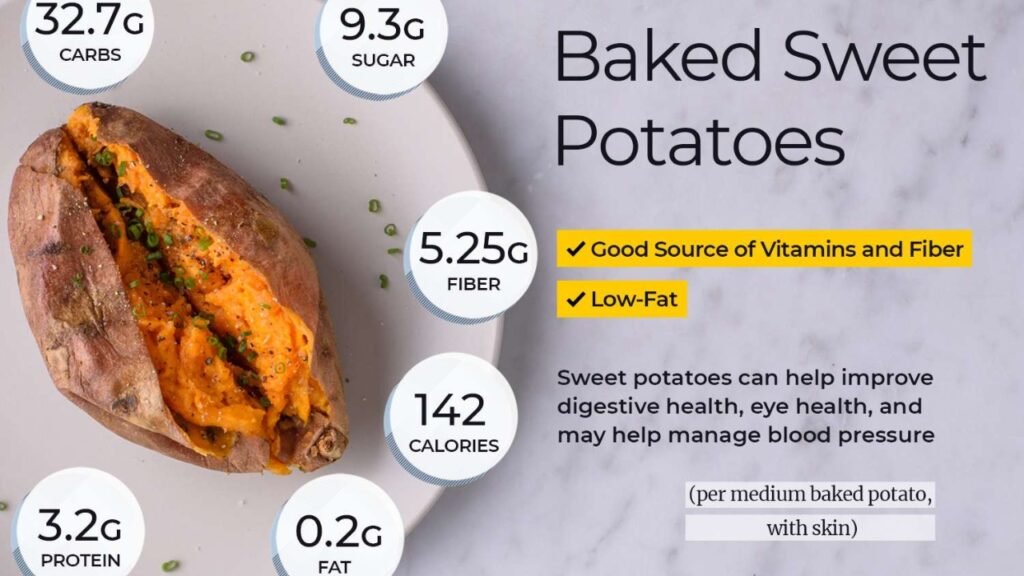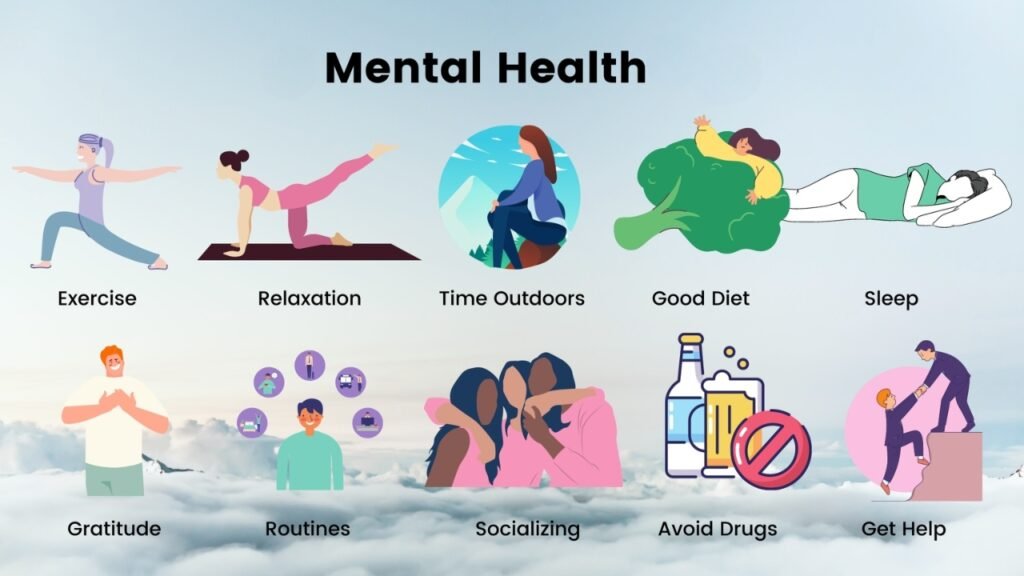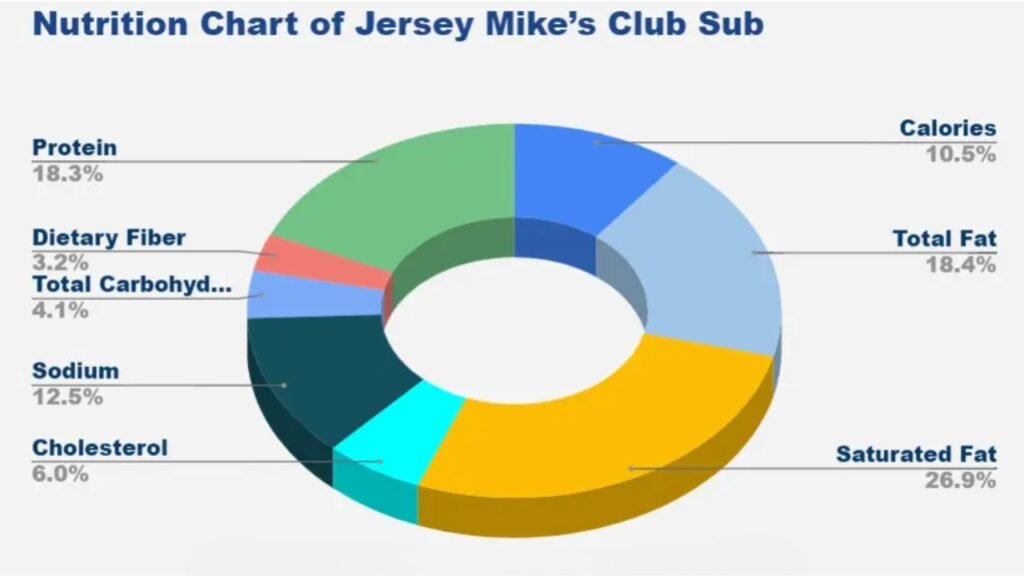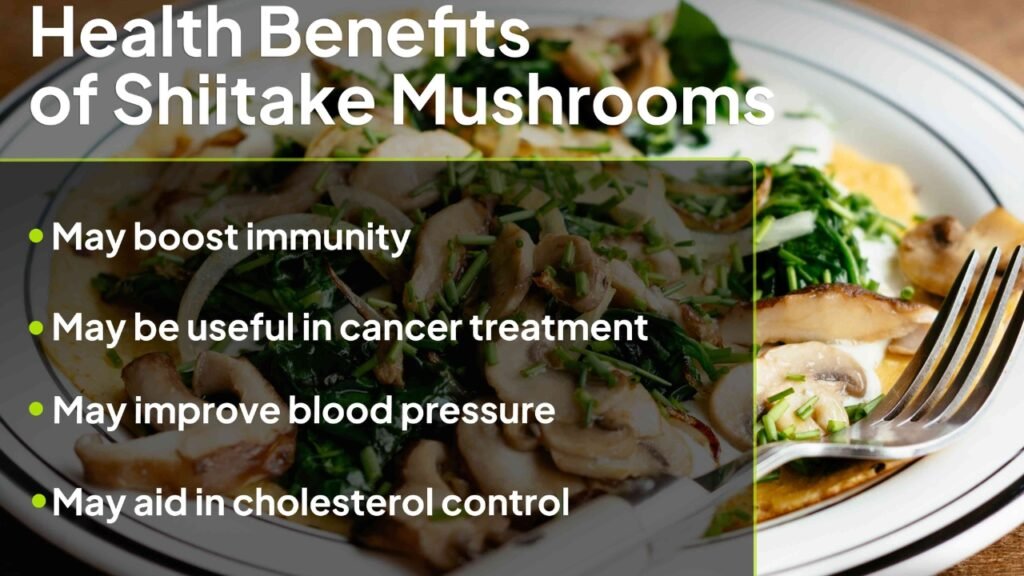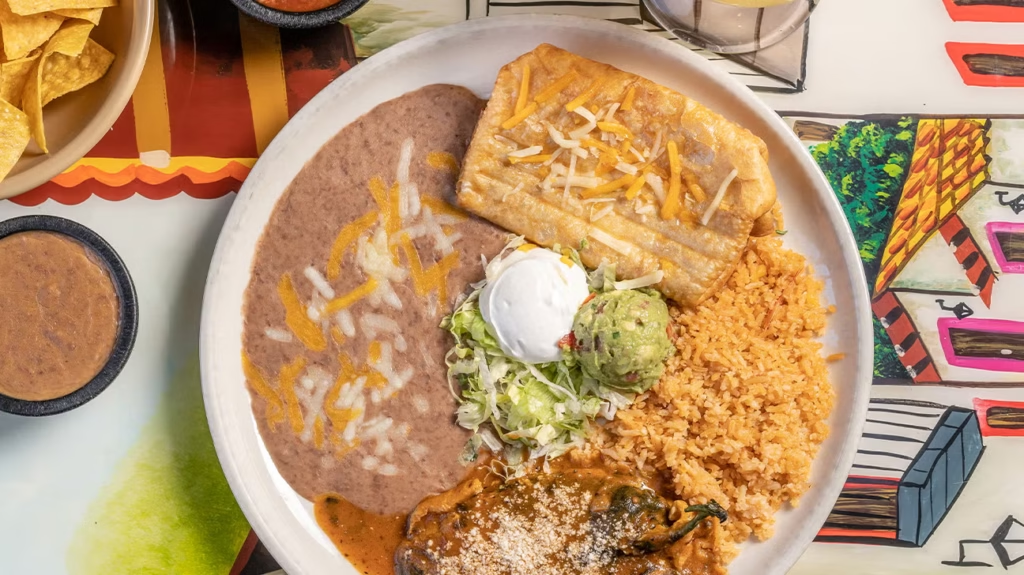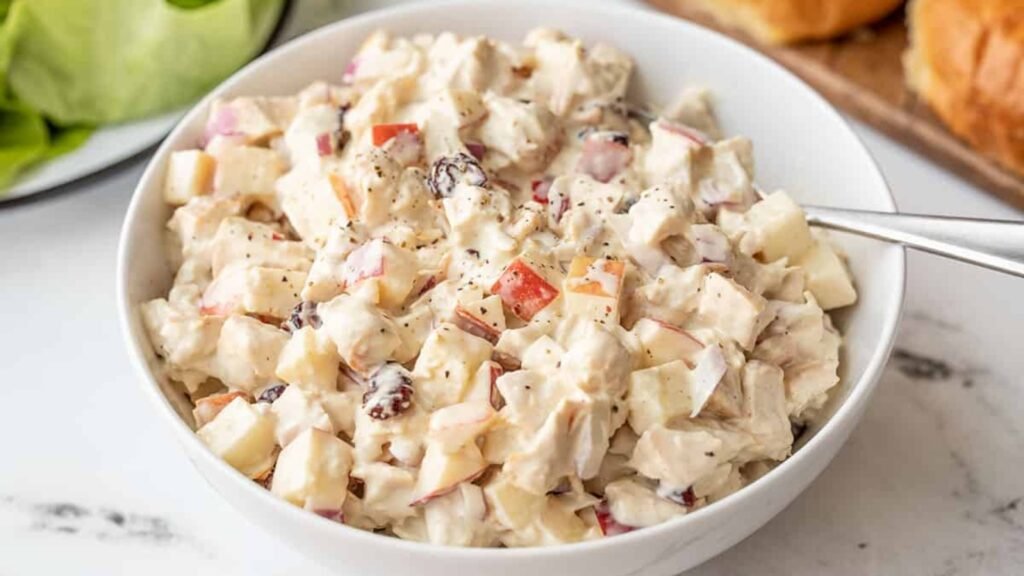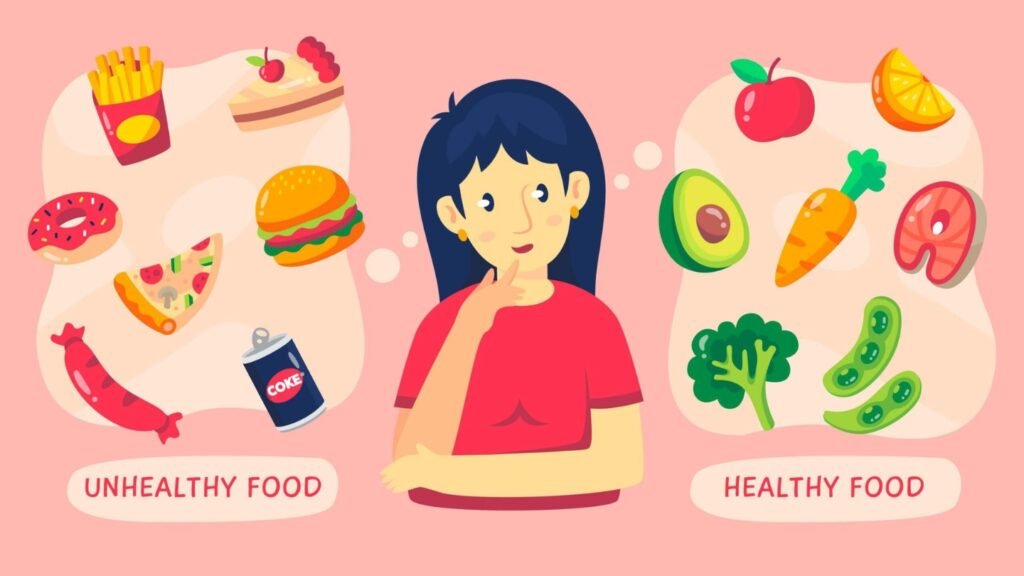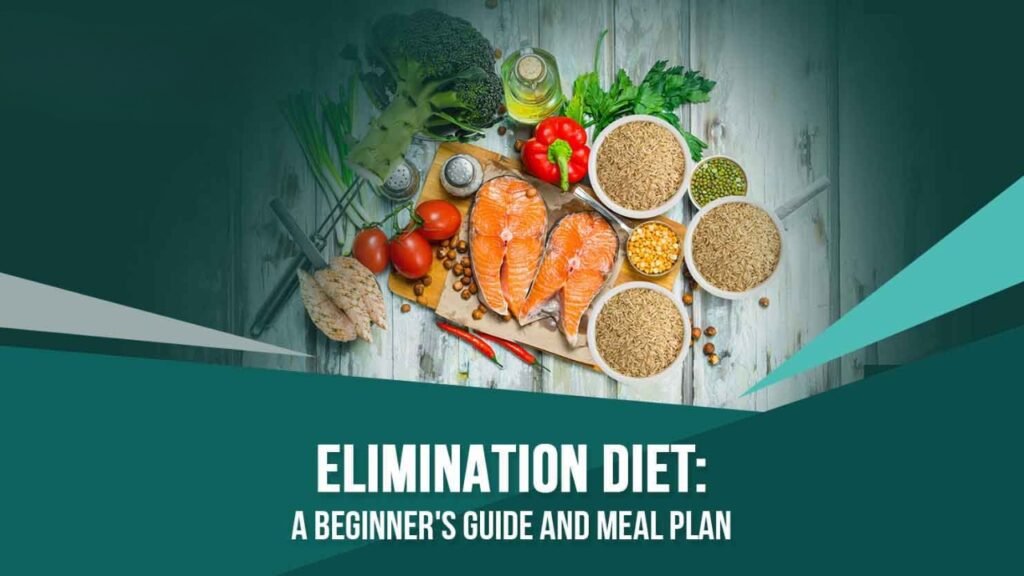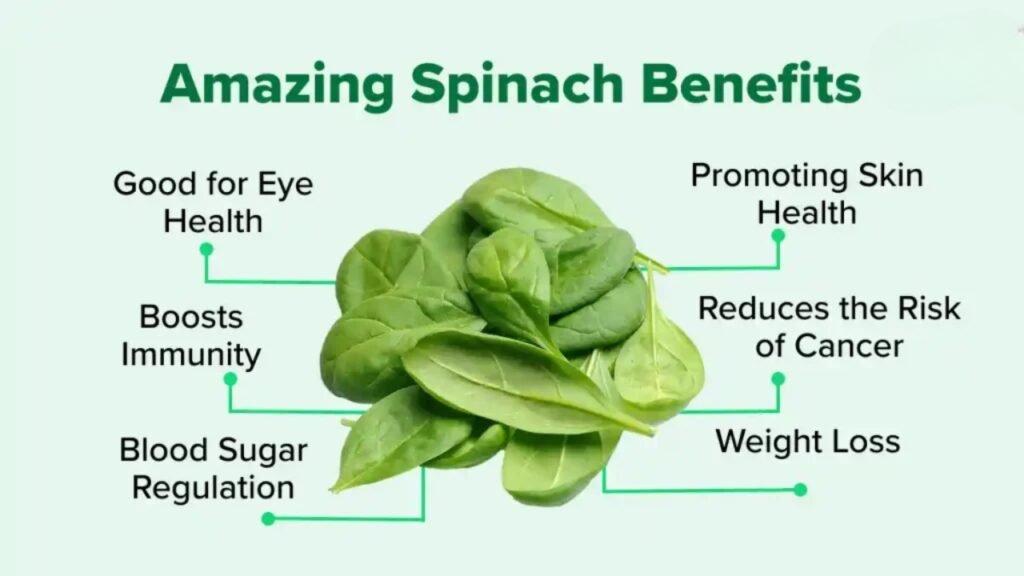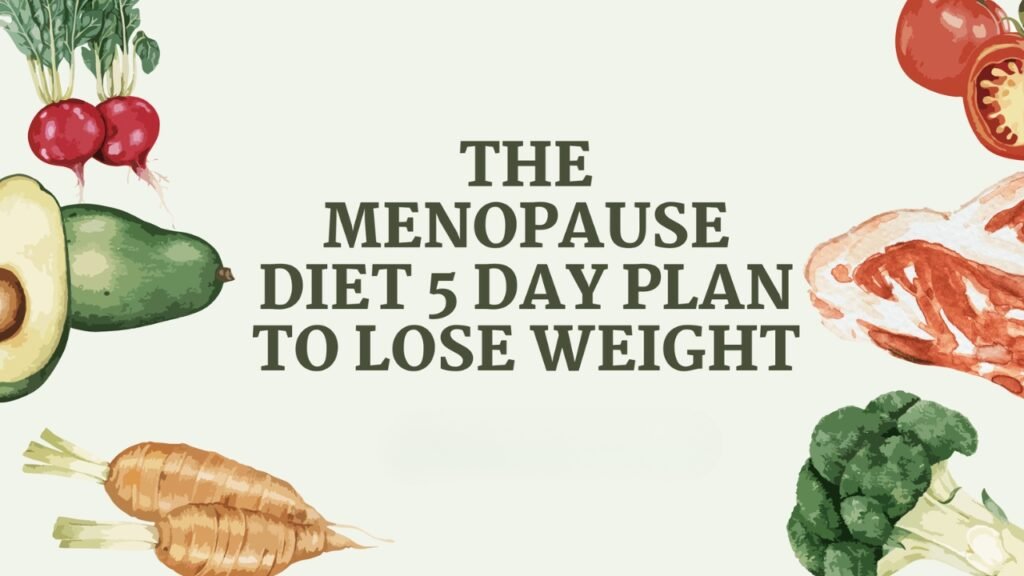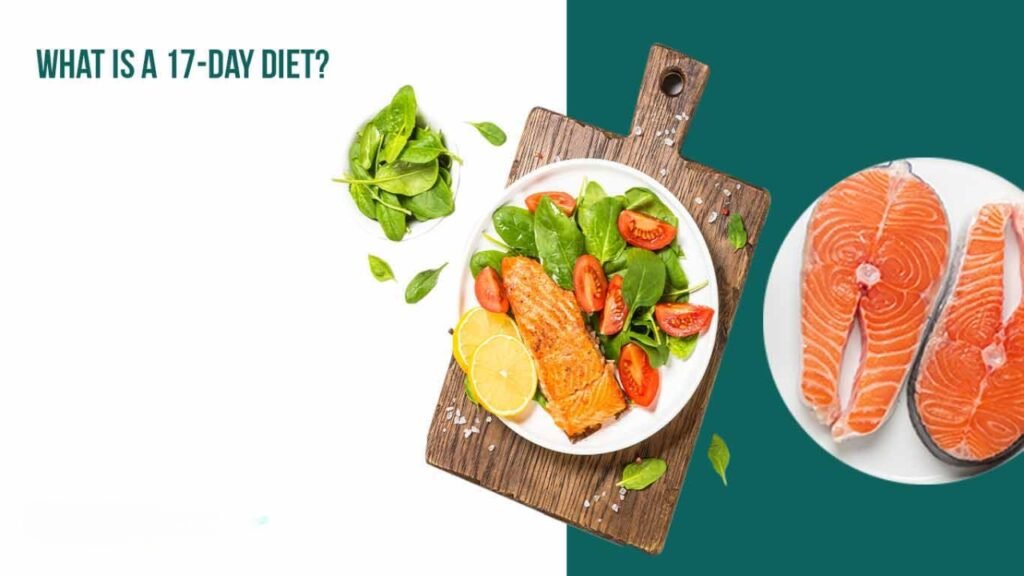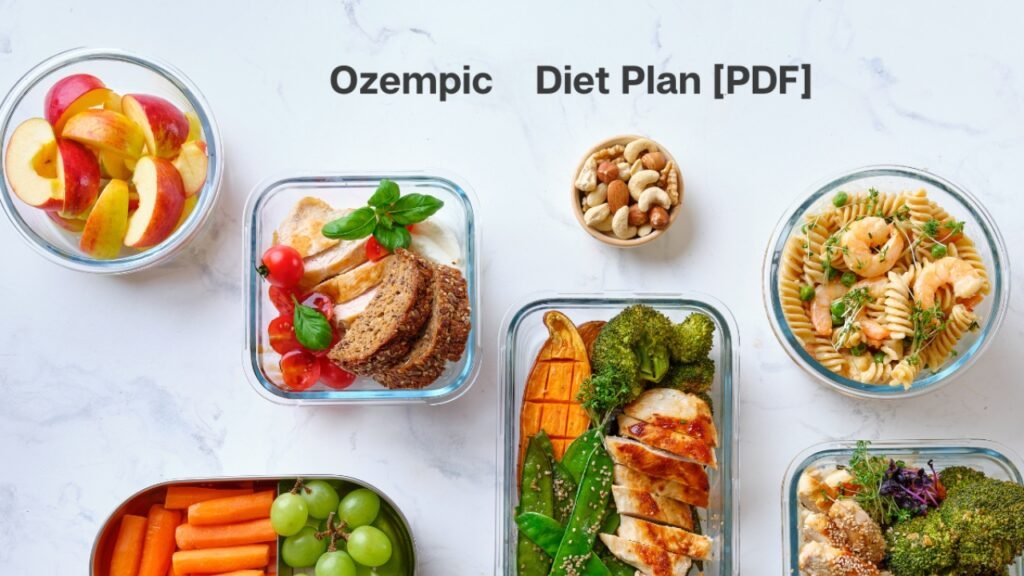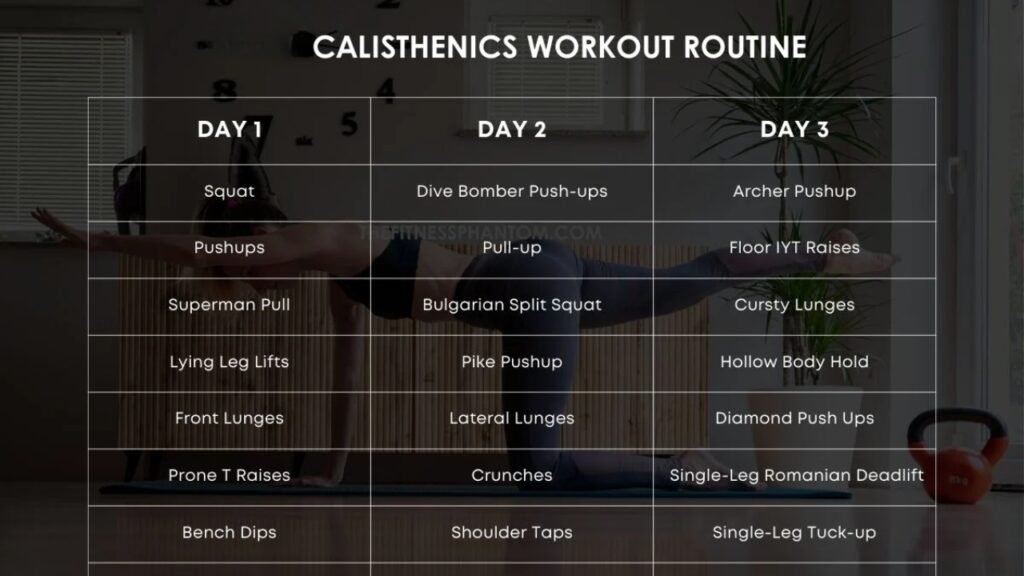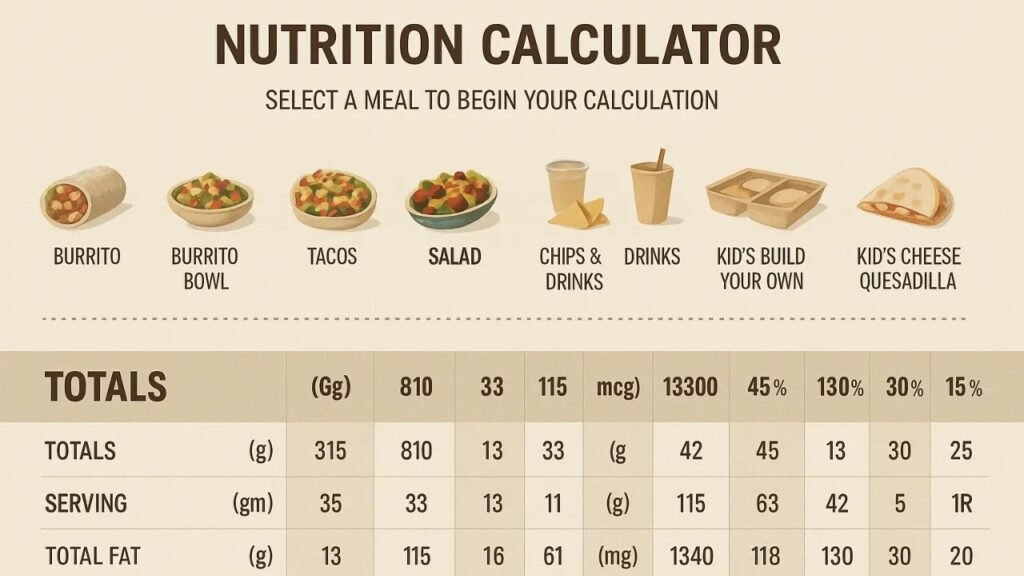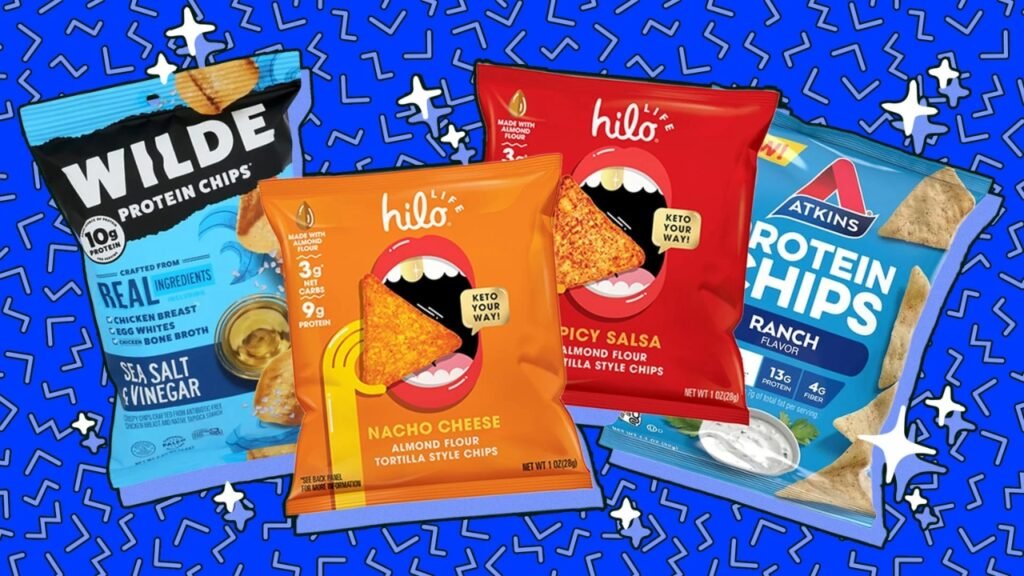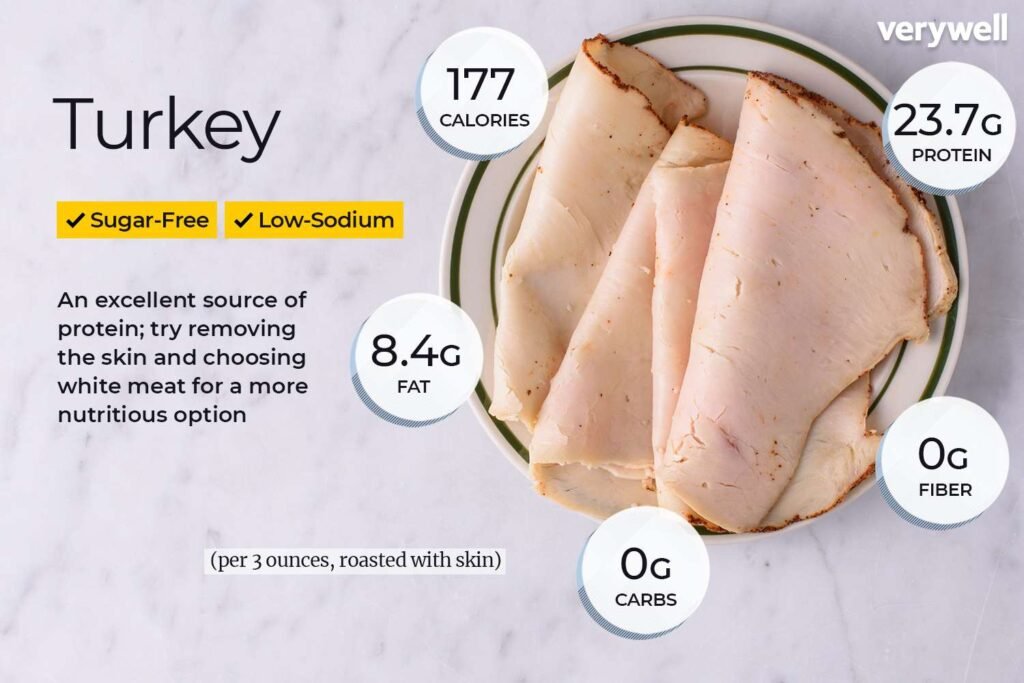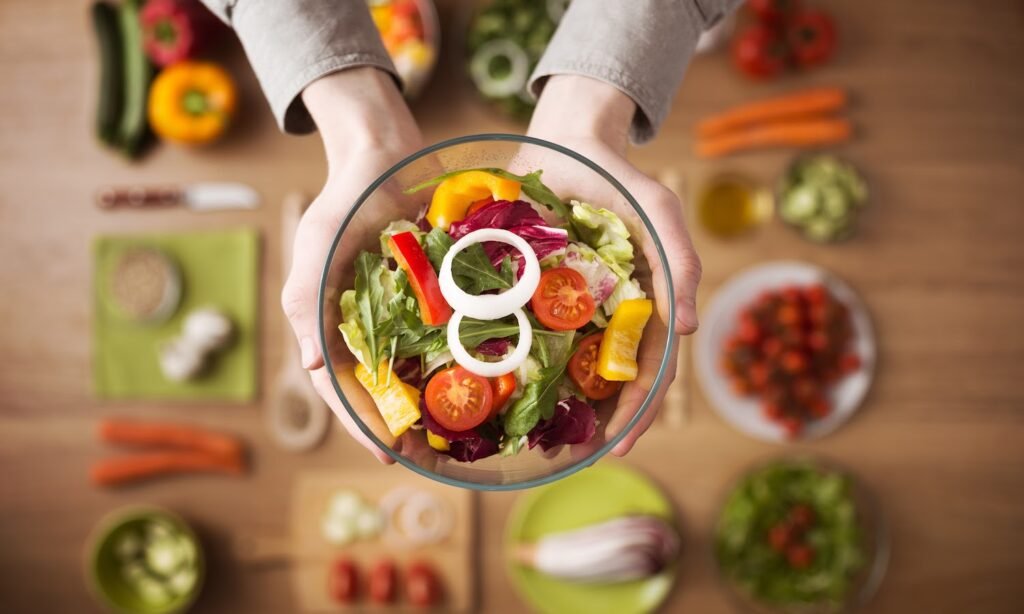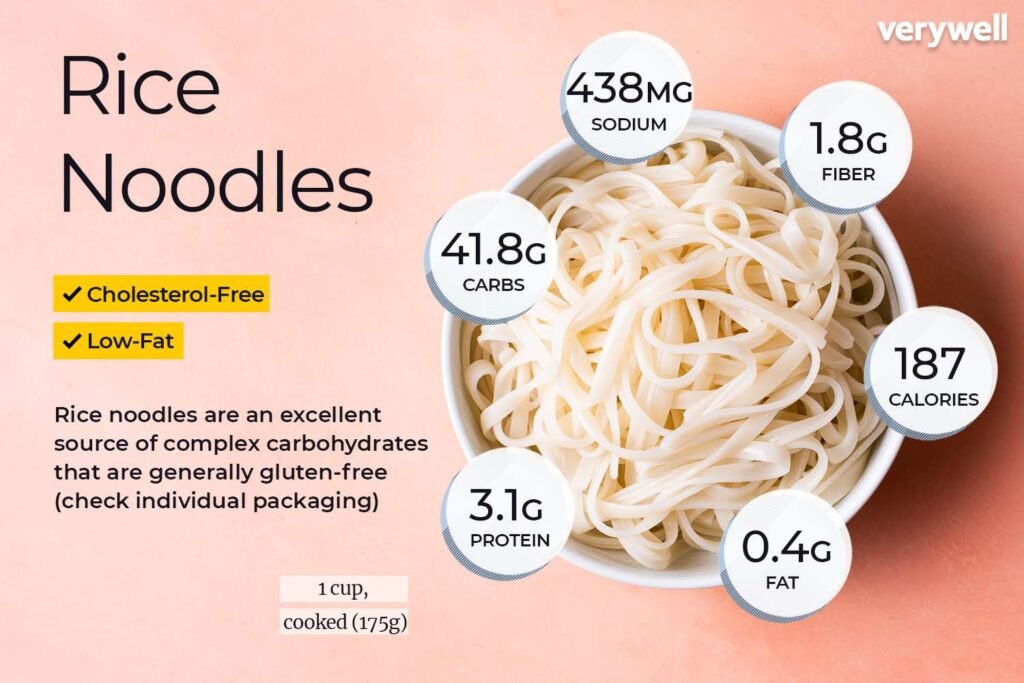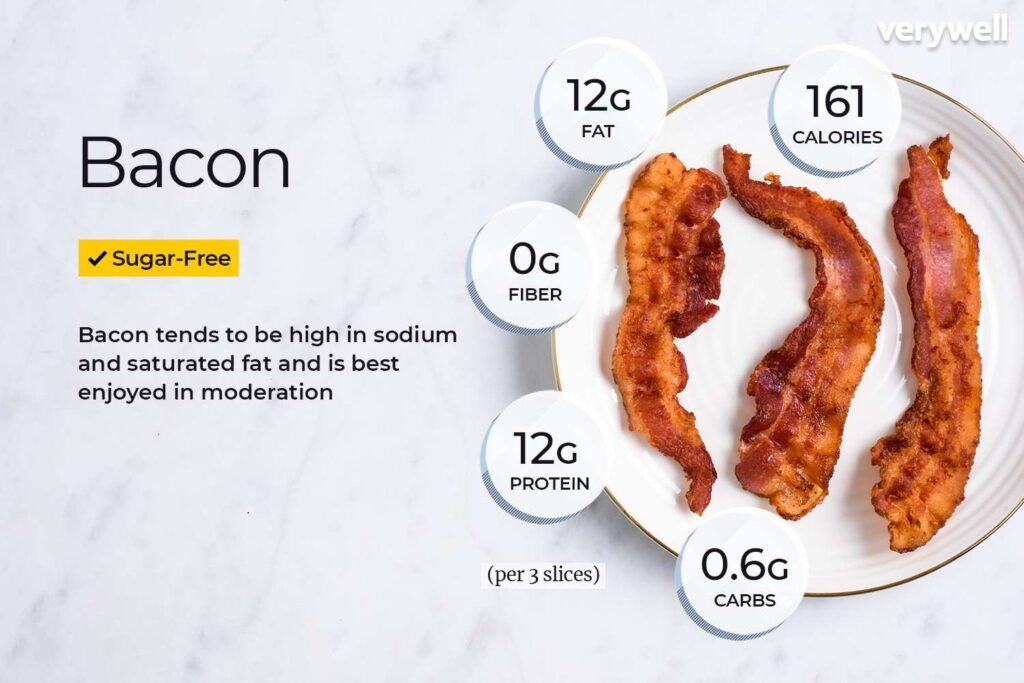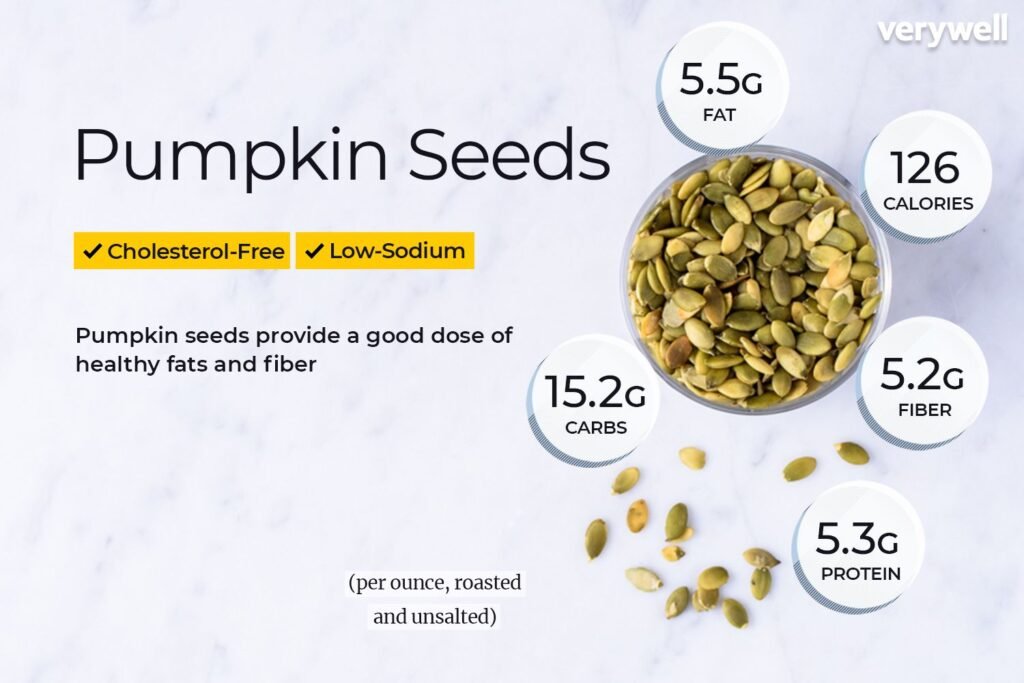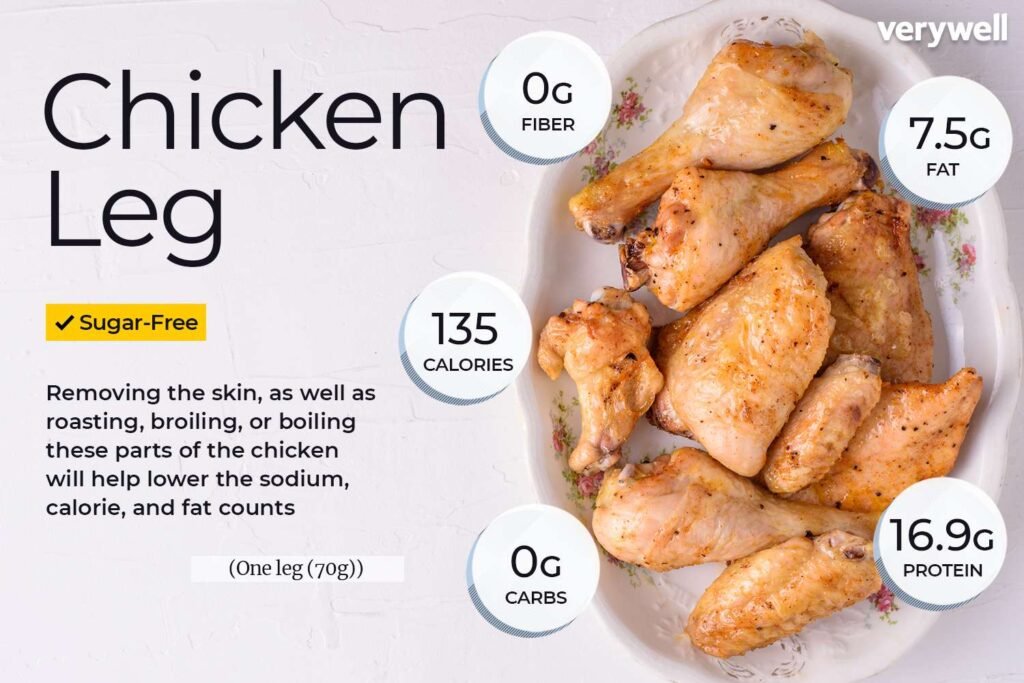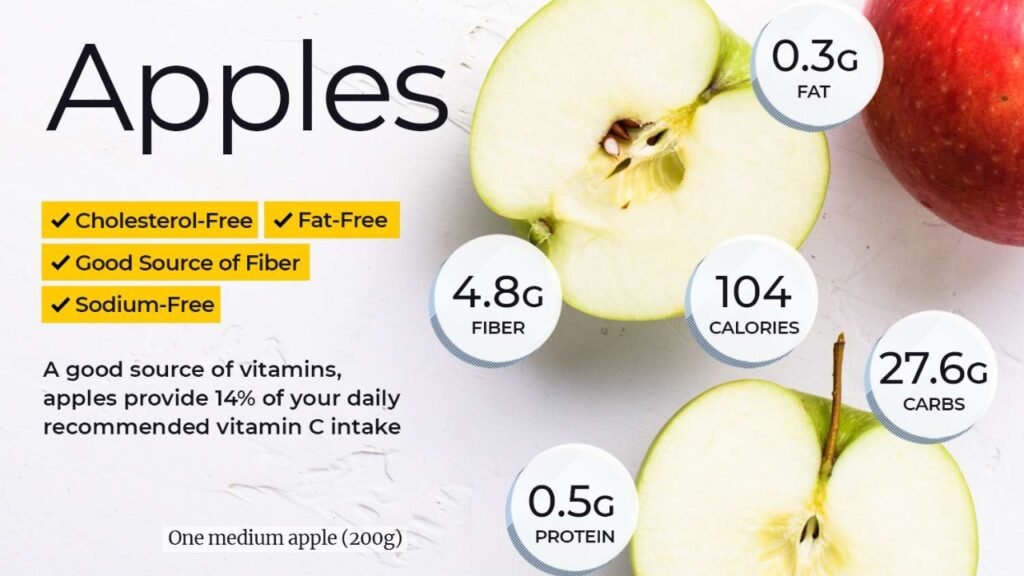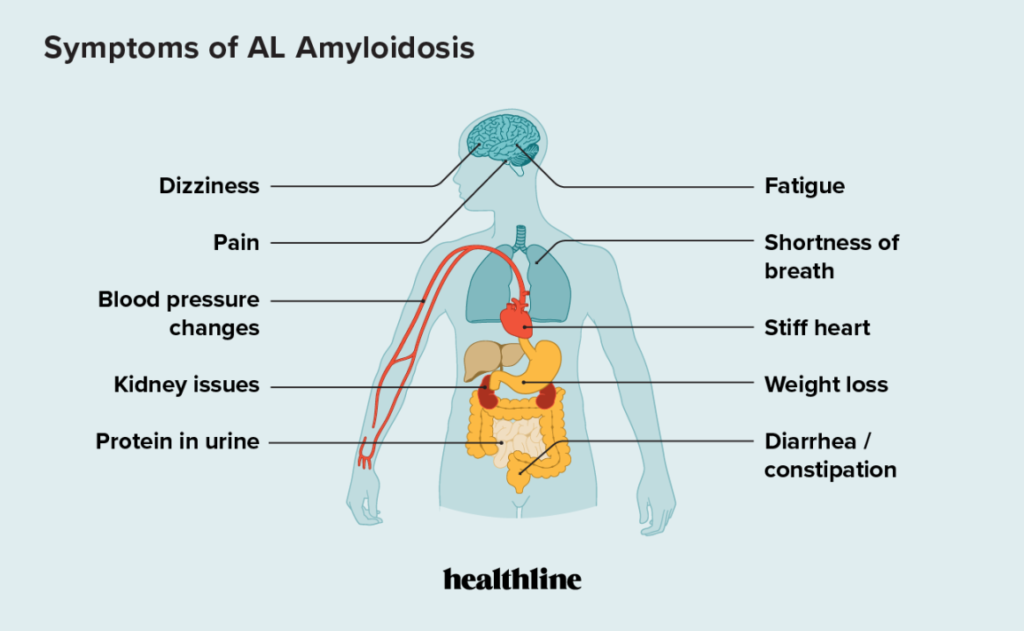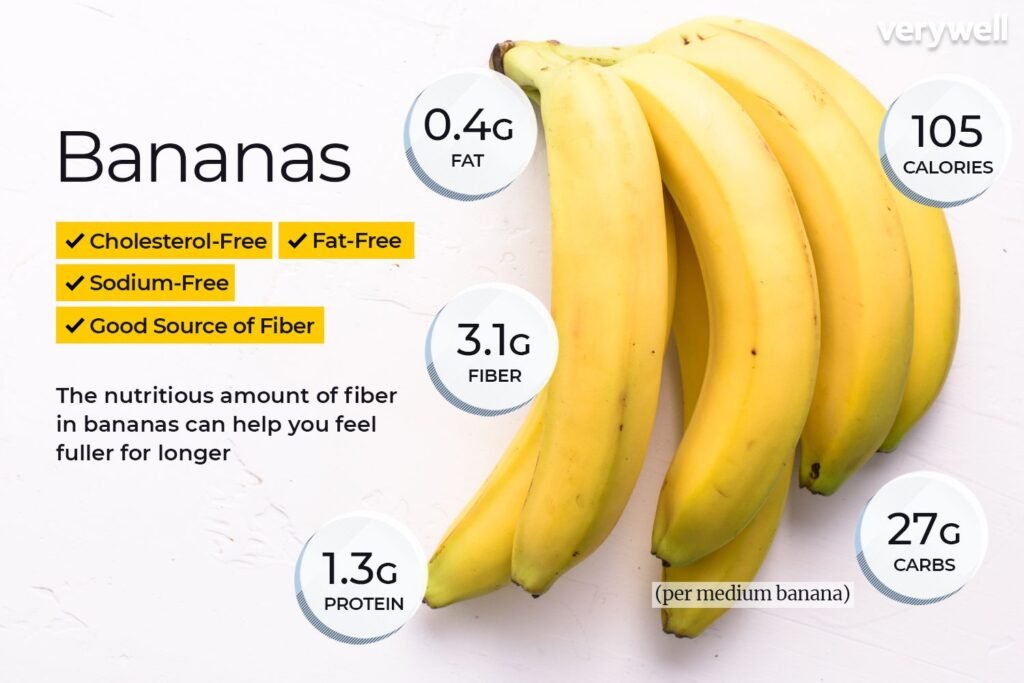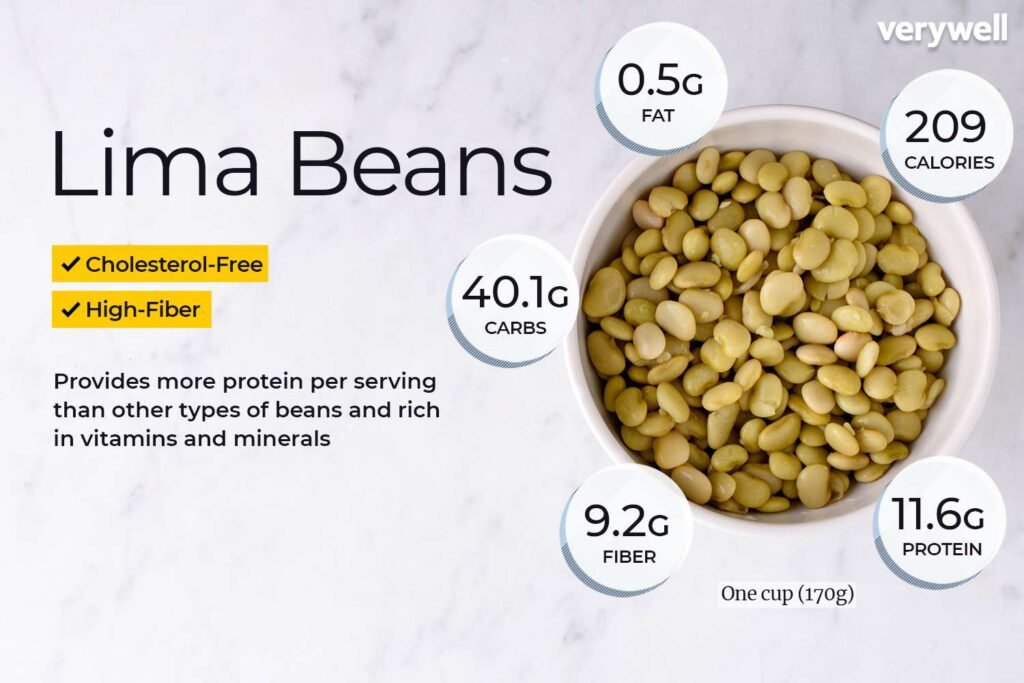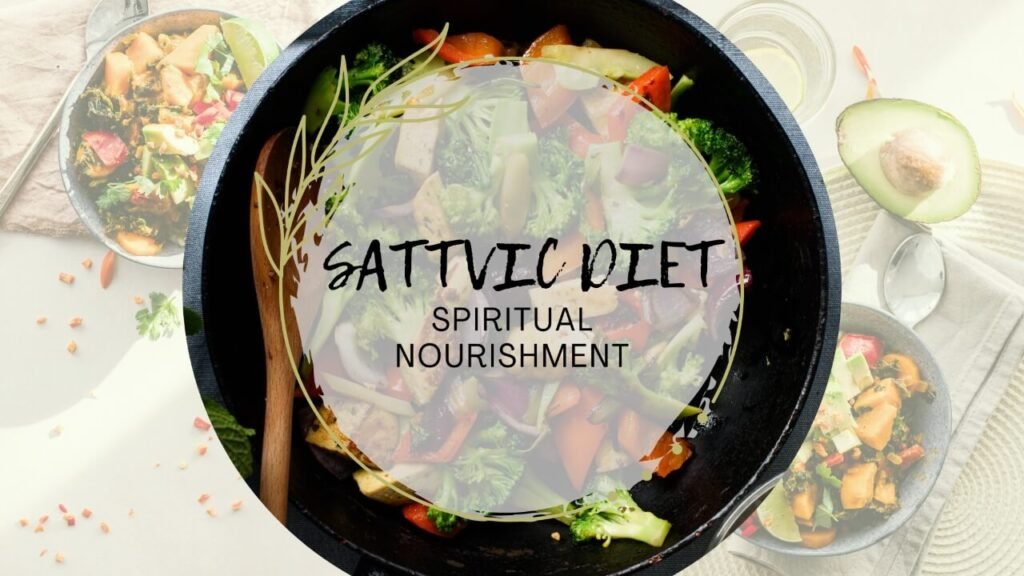Mindful Eating: Unlock a Healthier You with Every Bite
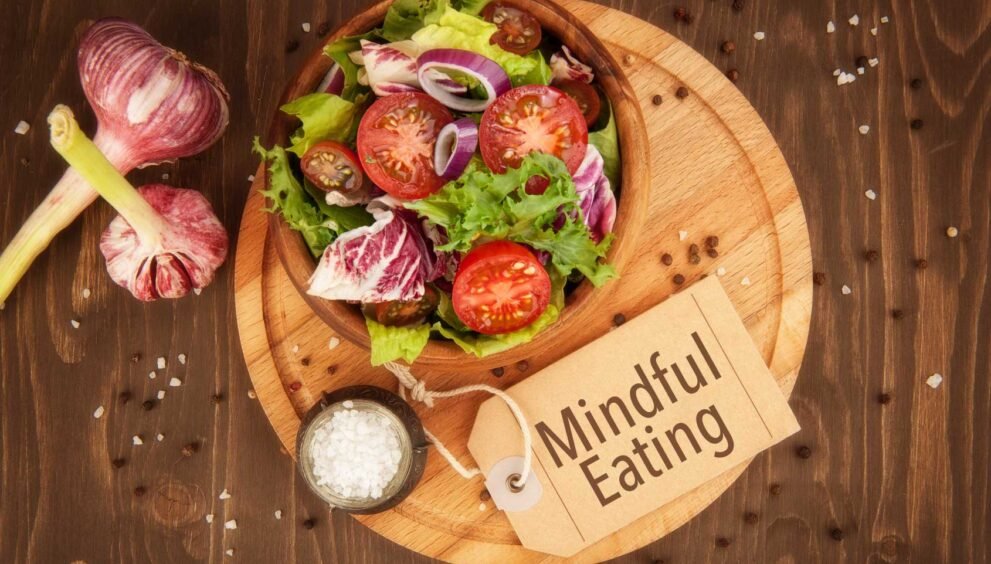
In the hustle and bustle of American life, where drive-thrus and desk lunches are the norm, mindful eating emerges as a powerful antidote to mindless munching. Picture this: savoring each bite of your burger, noticing its flavors, and checking in with your hunger levels—all while enjoying the moment. This practice, rooted in mindfulness, encourages Americans to slow down and reconnect with their food, fostering healthier habits and a deeper appreciation for meals. Tailored for a nation obsessed with quick fixes and fad diets, this blog dives into the transformative potential of mindful eating, blending practical tips, expert insights, and real-world stories to inspire a more intentional approach to dining.
Understanding Mindful Eating
At its heart, mindful eating is about bringing full awareness to the act of eating. Unlike restrictive diets that dictate what you can’t eat, this practice focuses on how you eat. It involves engaging all your senses—savoring the aroma of freshly baked bread, feeling the texture of a crisp salad, and tasting each nuanced flavor. Additionally, it means listening to your body’s hunger and fullness cues, eating with intention, and appreciating the journey of your food from farm to plate. For Americans, accustomed to grabbing fast food on the go, this approach can feel like a revelation.
The concept draws from mindfulness, a practice of staying present, which has gained traction across the U.S. in yoga studios and wellness apps. As one Reddit user in the r/Mindfulness community shared, “I started mindful eating after years of scarfing down meals in my car. It’s like I’m tasting food for the first time.” Such experiences highlight how this practice can shift eating from a rushed chore to a meaningful ritual, resonating with Americans seeking balance in their fast-paced lives.
Why It Matters for Americans
In a country where portion sizes are supersized and processed foods dominate grocery aisles, mindful eating offers a path to healthier living without the guilt of traditional dieting. Physically, it can improve digestion by encouraging slower chewing and prevent overeating by tuning into satiety signals. Mentally, it fosters a positive relationship with food, reducing stress around eating. Emotionally, it promotes self-compassion, helping Americans move away from cycles of bingeing or restriction.
Research backs these benefits. A 2019 study in Obesity Reviews found that mindful eating practices were linked to reduced emotional eating and better weight management among U.S. adults. By focusing on internal cues, Americans can better distinguish between true hunger and cravings triggered by stress or boredom. As Dr. Susan Albers, a Cleveland Clinic psychologist and author of Eating Mindfully, notes, “Mindful eating empowers people to take control of their choices, fostering a sense of freedom and joy in food.” This resonates deeply in a culture where food is both a comfort and a challenge.
Practicing Mindful Eating
For Americans juggling busy schedules, adopting mindful eating doesn’t mean overhauling every meal. Instead, start with small, achievable changes. Try eating one meal a day without distractions—no Netflix, no smartphones, just you and your food. This simple act can help you reconnect with the sensory experience of eating. Before digging in, take a moment to appreciate your meal’s colors, smells, and presentation, much like you’d admire a dish at a fancy restaurant.
Reddit users often share practical tips for beginners. One member of r/HealthyEating suggested, “I began by putting my fork down between bites. It slowed me down and made meals feel special.” Such strategies are perfect for Americans, who often eat on autopilot during lunch breaks or family dinners. Over time, these small shifts can build a foundation for lasting habits, making mindful eating feel natural rather than forced.
Tuning Into Your Body’s Signals
A key aspect of mindful eating is listening to your body. Before eating, pause to ask, “Am I hungry, or am I eating out of habit or stress?” During meals, check in periodically to gauge your fullness. This practice helps prevent overeating, a common issue in the U.S., where oversized portions are standard. By honoring your body’s needs, you can enjoy food without the guilt that often follows a second helping.
Interestingly, this approach can also reframe how Americans view “indulgent” foods. Instead of banning pizza or ice cream, mindful eating encourages savoring them in moderation. By slowly enjoying a single slice, you might find it satisfies you more than a whole pie eaten mindlessly. This shift from restriction to intention aligns with American values of freedom and choice, making the practice both practical and appealing.
Creating a Mindful Eating Environment
Your surroundings play a huge role in how you eat. To embrace mindful eating, create an environment that supports focus. Set the table, even for a quick meal, and consider dimming the lights to create a calming vibe. Avoid eating at your desk or in front of the TV, as these settings often lead to distracted eating, a habit ingrained in American culture.
Social dining can also enhance mindfulness. Whether it’s a family barbecue or a potluck with friends, engage in conversation and savor the communal experience. A Redditor in r/MindfulEating shared, “Eating with my roommates without phones has turned dinners into bonding time.” For Americans, who value community and connection, these shared moments can make mindful eating a joyful, social ritual.
Overcoming Challenges in Mindful Eating
American life is synonymous with busyness, and time constraints often push people toward quick, mindless meals. To counter this, try prepping meals in advance to reduce stress during hectic days. Alternatively, practice micro-moments of mindfulness, like taking a few deep breaths before eating a sandwich on the go. These small acts can ground you, even when time is tight.
Another challenge is the prevalence of fast food and convenience stores, which dominate American cities. While it’s tempting to grab a burger and eat in the car, mindful eating encourages making conscious choices, even in these settings. Opt for a smaller portion and eat it slowly, savoring each bite. This approach empowers Americans to integrate mindfulness into their everyday realities, no matter how fast-paced.
Addressing Emotional Eating
Emotional eating is a significant hurdle for many Americans, who often turn to food for comfort during stress, boredom, or sadness. Mindful eating tackles this by encouraging awareness of emotional triggers. Instead of reaching for chips, pause to identify your feelings. Journaling, meditating, or even a quick walk can help process emotions without food. Over time, this practice can break the cycle of emotional eating, fostering healthier coping mechanisms.
Reddit’s r/EatCheapAndHealthy community often discusses this struggle. One user wrote, “I used to stress-eat entire bags of snacks. Mindful eating helped me realize I wasn’t even hungry.” Such stories resonate with Americans, who face constant pressures from work, finances, and social expectations, making mindful eating a practical tool for emotional resilience.
Mindful Eating in American Culture
In the U.S., diet culture is pervasive, with new weight-loss trends dominating headlines every year. Mindful eating offers a refreshing alternative, focusing on intuition rather than rules. Instead of counting calories or cutting carbs, Americans can trust their bodies to guide their choices. This shift aligns with a growing movement toward body positivity and self-acceptance, particularly among younger generations.
Social media, including Reddit’s r/Mindfulness, reflects this trend. A user commented, “Mindful eating freed me from obsessing over food logs. I eat what feels right and stop when I’m full.” For Americans tired of restrictive diets, this approach feels liberating, offering a sustainable path to health that celebrates food rather than demonizing it.
Integrating Mindful Eating into Daily Life
To make mindful eating a lasting habit, approach it with flexibility. Start with one mindful meal a day, perhaps breakfast, and gradually expand to other meals. Explore resources like Savor: Mindful Eating, Mindful Life by Thich Nhat Hanh or apps like Calm, which offer guided eating meditations. Online communities, such as Reddit’s r/HealthyEating, provide support and inspiration, connecting Americans with others on similar journeys.
Patience is key. Setbacks, like eating mindlessly during a stressful week, are normal. Celebrate small wins, like noticing when you’re full or enjoying a meal without distractions. These moments build momentum, making mindful eating a natural part of American life.
Concluding Thoughts
Mindful eating is a transformative practice that invites Americans to rethink their relationship with food, moving from rushed consumption to intentional nourishment. In a culture defined by speed and excess, this approach offers a path to better health, emotional balance, and a deeper appreciation for life’s simple pleasures. By embracing awareness and gratitude, every meal becomes an opportunity for self-discovery and joy. So, the next time you sit down to eat, take a deep breath, savor the moment, and let mindful eating guide you toward a healthier, happier you.
Sustainable Diet: How to Eat Green and Save the Planet Today





